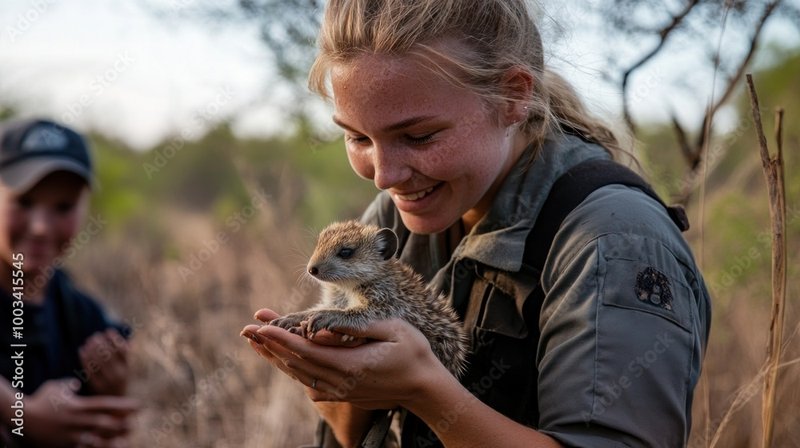
You might be wondering what makes the Leghorn so special in the first place. Known for its hardiness, efficiency, and adaptability, this breed has been a favorite among farmers for years. The Leghorn is a prolific layer of white eggs and is often celebrated for its strong foraging instincts. With industrial farming practices on the rise, however, this breed—like many others—is at risk. That’s why conservation efforts are essential in ensuring that the Leghorn continues to thrive. Let’s explore these efforts together.
Understanding the Leghorn’s Importance
The Leghorn chicken holds a unique place in the world of poultry. First bred in Italy, these birds are famous for their gentle nature and incredible egg production. In fact, a single Leghorn hen can lay around 280-300 eggs a year! This impressive output makes them a favorite on farms everywhere.
But the significance of the Leghorn goes beyond just numbers. They represent a lineage of chickens that have adapted and thrived in various environments. By preserving the Leghorn, we can maintain genetic diversity in domestic poultry, which is vital for robust farming practices. A healthy gene pool can lead to better disease resistance and more resilient animals—something all farmers want, right?
In addition, the Leghorn’s adaptability makes it suitable for various farming systems, from free-range to intensive. Their efficient foraging habits allow them to thrive on non-grain feed sources, which can lead to lower feed costs and a more sustainable operation overall. So, by protecting the Leghorn, we’re not just saving a breed; we’re supporting sustainable farming practices.
Challenges Facing the Leghorn
Despite its many benefits, the Leghorn is facing several challenges. One of the biggest threats comes from large-scale poultry farming, where hybrid breeds are often favored for their rapid growth and high production. Sadly, this focus on short-term efficiency can lead to a decline in the Leghorn population, pushing them closer to the brink of extinction.
Disease is another major concern. With the rise of factory farming, outbreaks can spread quickly and devastate entire flocks. Traditional breeds like the Leghorn may not always have the same level of immunity that hybrid breeds possess, making them more vulnerable when disease strikes.
Additionally, the changing landscape of agriculture poses its own set of challenges. As more farmers turn to hybrid or genetically modified breeds, the Leghorn’s traditional practices and breeding methods are in danger of being lost. This not only threatens the breed but also the heritage of farming itself, as generations of knowledge and expertise might vanish.
Current Conservation Efforts
So, what’s being done to protect the Leghorn? Various conservation groups and organizations are stepping up to ensure this breed doesn’t fade into obscurity. One notable effort comes from heritage breed organizations, which aim to educate farmers about the importance of preserving traditional breeds like the Leghorn. They often provide resources and support to help farmers transition to raising heritage breeds.
Another important strategy involves promoting awareness. Social media campaigns and community events can help raise awareness about the value of the Leghorn. By highlighting their benefits and versatility, these campaigns inspire farmers and consumers to choose Leghorn eggs, promoting their breed in the market.
Moreover, breeding programs focused on genetic diversity are gaining traction. These programs work hard to maintain a healthy population of Leghorns, offering genetic testing and support for farmers. By ensuring a robust gene pool, these initiatives can help mitigate some of the risks the breed faces, like disease and genetic disorders.
Benefits of Preserving the Leghorn
You might be wondering, “Why should I care about preserving the Leghorn?” Well, there are several compelling reasons! First and foremost, maintaining genetic diversity within our food systems is crucial. A diverse poultry population is less susceptible to diseases and more adaptable to environmental changes. This means more resilient farming—something we all benefit from.
Additionally, preserving the Leghorn can have positive economic effects. As demand for organic and free-range products grows, farmers who raise Leghorns can tap into these markets. Their efficient egg-laying capabilities make them an attractive option for those looking to combine sustainability with profitability. So, protecting the Leghorn isn’t just good for the birds; it’s also good for business!
Finally, there’s a cultural aspect to consider. The Leghorn is part of agricultural history, representing traditional farming practices that have been passed down through generations. By preserving this breed, we’re also preserving a part of our heritage and the knowledge that comes with it. It’s like keeping a piece of history alive for future generations to appreciate.
How You Can Support Leghorn Conservation
Want to help protect the Leghorn? There are several ways you can get involved! One of the easiest ways is to support local farmers who raise Leghorns or other heritage breeds. By purchasing their eggs or meat, you’re directly contributing to the survival of these birds and promoting sustainable farming practices.
Another option is to educate yourself and others about the importance of biodiversity in agriculture. Share information on social media, attend local farming events, or even start conversations with friends about the significance of preserving traditional breeds. The more people know about the Leghorn’s plight, the more support it can gain.
You could also consider joining or donating to organizations dedicated to heritage breed conservation. These groups often rely on donations to fund their efforts, so your contribution can make a meaningful impact. Plus, it’s a great way to connect with others who are passionate about protecting our agricultural heritage.
Conserving the Leghorn is more than just a task for farmers and conservationists; it’s a shared responsibility that impacts the entire food system. By understanding the challenges facing the Leghorn and supporting the various efforts aimed at its preservation, we can contribute to a more sustainable future. From promoting awareness to supporting local farmers, every small action counts.
So next time you pick up a carton of eggs, consider the story behind them. The Leghorn chicken is a remarkable breed that deserves your attention and protection. Together, we can ensure these little champions continue to thrive for generations to come.

